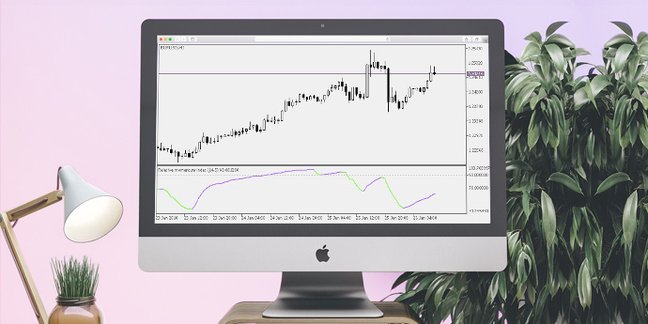What Is the Momentum Strategy and How to Use It?
What is momentum trading and how can it help when using the price movement to define the best market entry or exit position? If you know how momentum in physics works, you will be able to define momentum price as well. The two concepts are quite similar. All you need to know in terms of financial markets is that price momentum is generally defined by price change rate and traded volume.

In other words, if you see the price following a specific direction for some period, it will keep on moving that path until the trend eventually loses momentum at some point. No one knows when it is going to happen. This is where various technical indicators will come in handy. They help to measure and explain momentum as well as evaluate the change rate when trading a specific currency pair, for example. If a trader detects waning momentum, it may be a sign of the upcoming reversal or retracement.
To make the most of this strategy, it is very important to understand how the market moves. What’s more, you will have to learn some ways to define specific signals and utilize them properly.
Momentum Types: Absolute vs Relative
If you stick to momentum trading, you will need to consider absolutely and relative strategies:
- Relative momentum makes it possible to compare and contrasts the performance of several traded assets (currency pairs). It helps to define weak (to sell) and strong (to buy) instruments.
- Absolute momentum makes it possible to compare the current and previous performance of a single currency pare using historical data. This type of momentum strategy is the most popular with traders.
When deciding on the best-matching trading strategy, you will need to learn how to implement it under real market conditions.
up to 200%

from 0 pips

Trading platform

Momentum Trading Implementation
As a trader, you will initially have two major options to use the strategy. The first one involves price action while the second one considers using so-called momentum indicators in the form of candlestick patterns, which provide all necessary information about the price and the way it moves. Every detail is vital from the length of a particular candlestick to the price opening and closing values:
- If the closing price exceeds the opening rates, the candlestick is considered bullish.
- If the closing price is lower than the opening one, the candlestick is considered bearish.
However, this information may not be enough to define momentum. You need to identify a short span when the price jumps up or drops down. It is a sign of increasing momentum and vice versa, when the price moves slowly, it is a sign of decreased momentum.
The main challenge is to predict the future price momentum. On the other hand, traders have two simple ways to complete the task. First of all, you are supposed to know where the price action momentum is going to take place. This is where indicators will help. Secondly, you need to identify price action signals properly in order to understand if the momentum is decreasing or increasing.
Technical Indicators to Define Momentum
As stated earlier, to explain momentum, we need to take into account three major factors: traded volume, volatility, and timeframes. Considering these three crucial factors, we may conduct a list of best-matching momentum indicators that will definitely improve your strategy:
- RSI – it helps to evaluate the strength of the price action within a specific span.
- Moving Averages – it provides a complete picture of the trend in general.
- CCI – helps to compare the average price deviation against the usual price.
- Stochastics – lets traders compare the price over a specific timeframe with the current value of the currency pair.
It is very important to analyze and understand all underlying market conditions before you implement the momentum strategy. Otherwise, it may result in false signal interpretation and losses.
This material does not contain and should not be construed as containing investment advice, investment recommendations, an offer of or solicitation for any transactions in financial instruments. Before making any investment decisions, you should seek advice from independent financial advisors to ensure you understand the risks.
